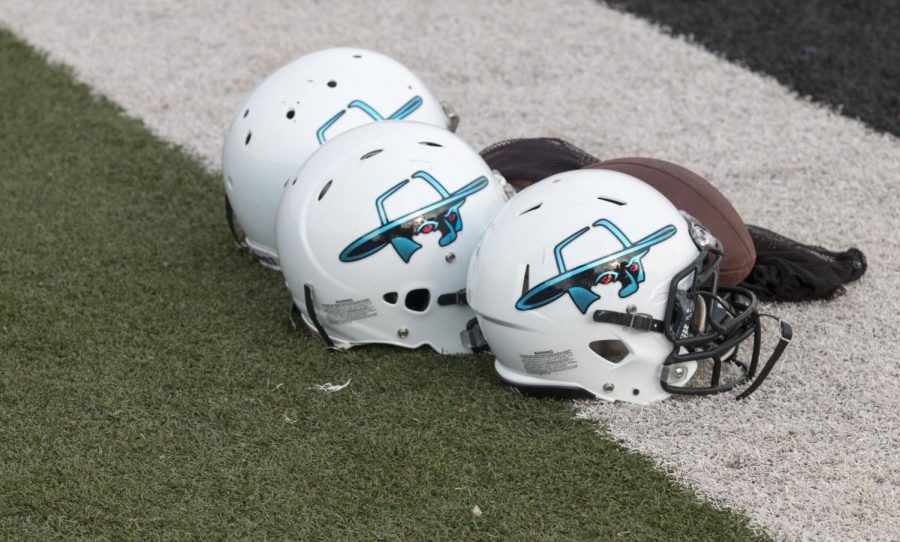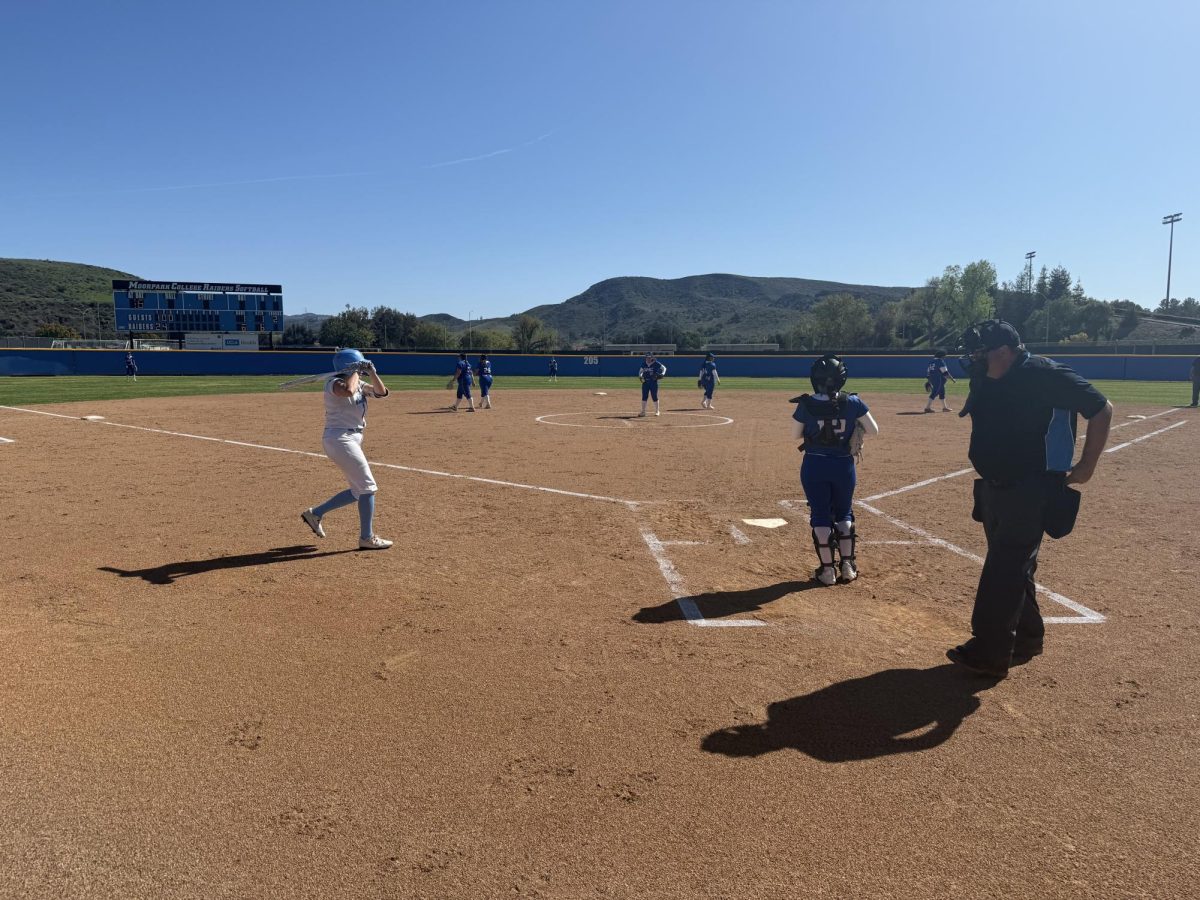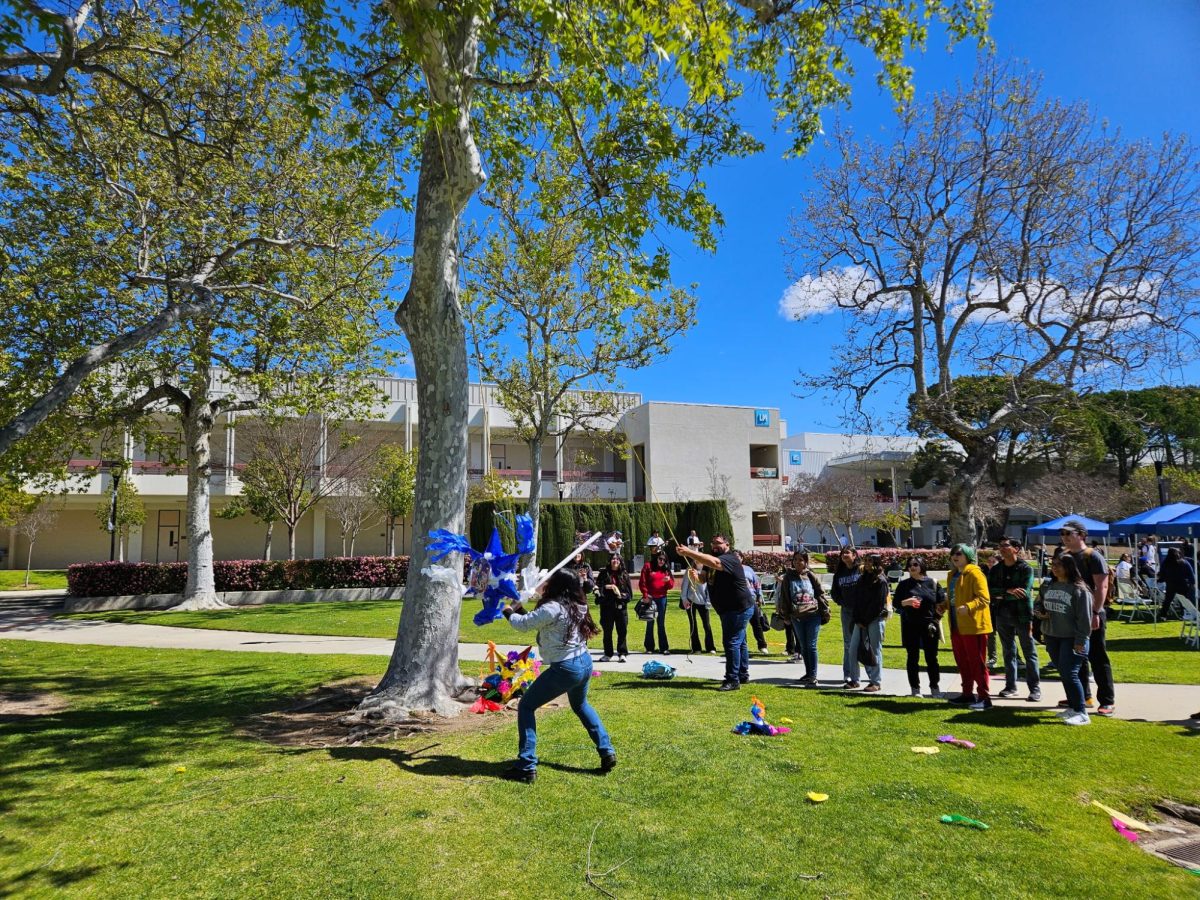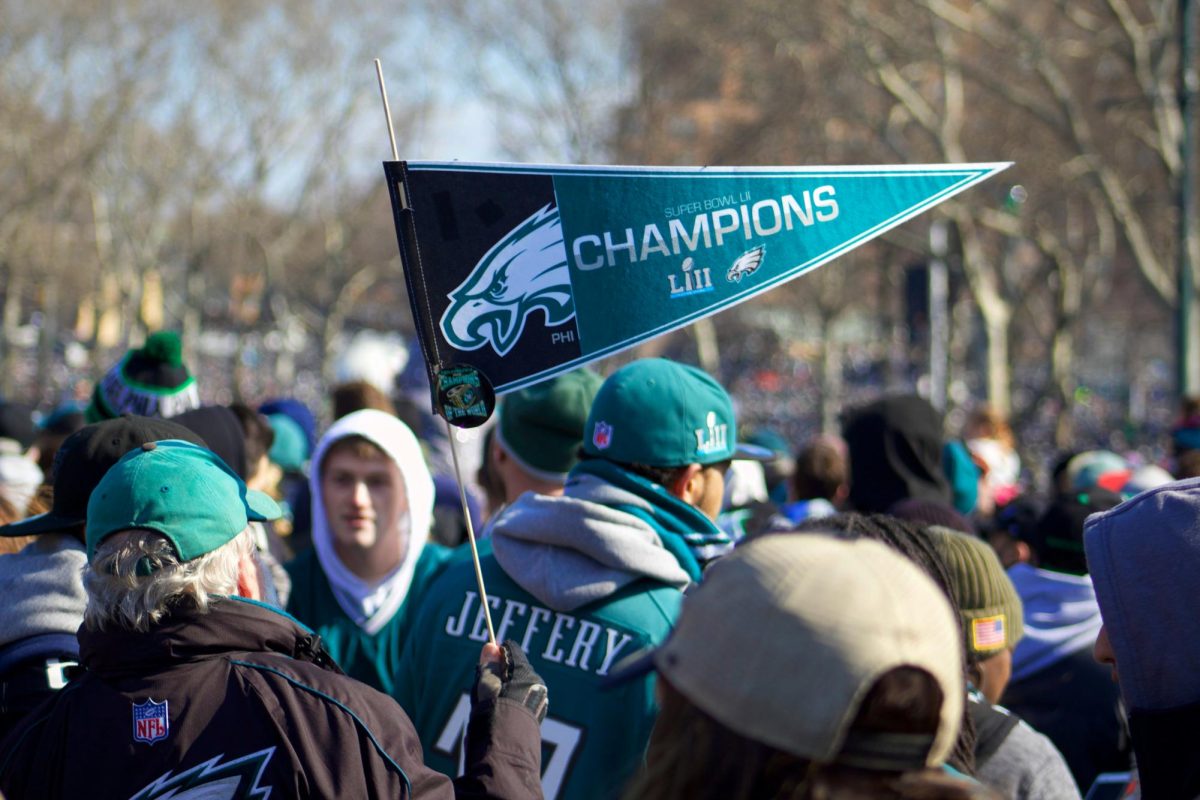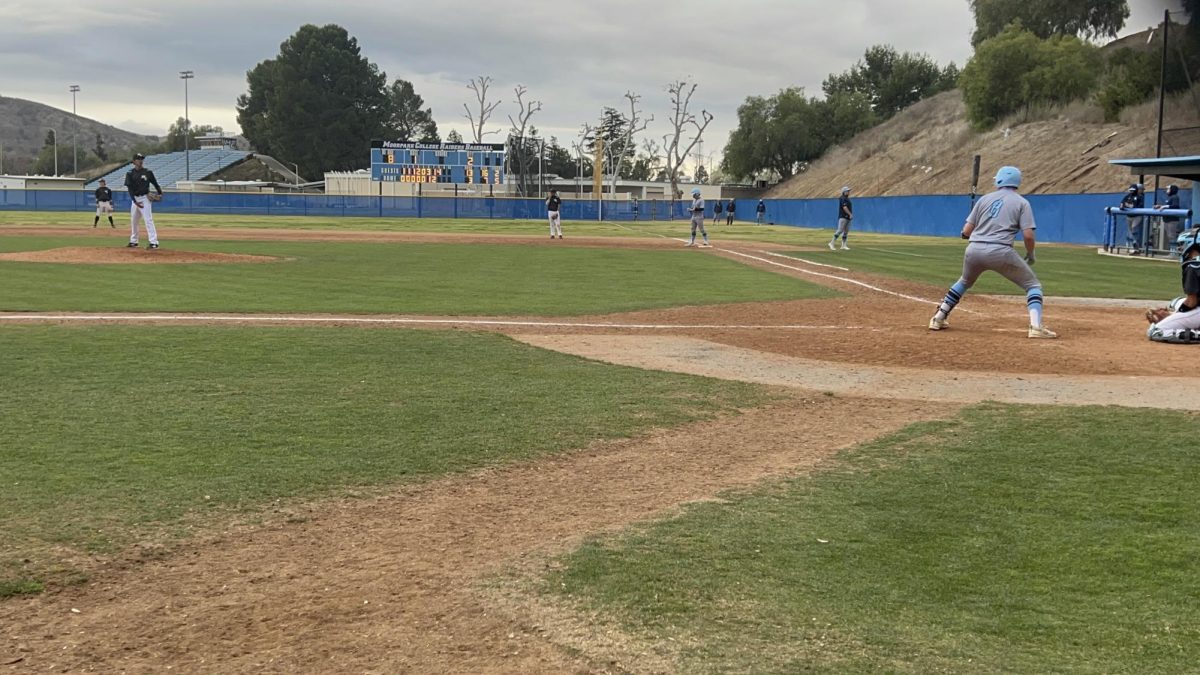After high school football is completed, many states across the nation do not provide football programs for their community colleges. With minimal options after high school, a move out West may be the best opportunity for out-of-state athletes looking to continue their football careers.
As a result, some football players’ careers end earlier than intended because they were unable to receive a scholarship during high school.
“Florida only has one junior college that has a football program and they are only in their second season of existence,” said out-of-state red shirt sophomore wide receiver Cameron Mayweather. “So when I graduated it wasn’t an option for me, so a lot of players in high school have to move around if they want to play at the junior college level and move on to the next level.”
Mayweather, who is from Navarre, Fla., ended up having to make this same decision after he did not receive an offer his senior year of high school.
“My recruiting process was probably like most high school seniors playing football. During my senior year I had a few D1 AA schools talking to me and several D2s but none of them ended up offering,” said Mayweather. “So after my senior year, I signed up for this recruiting website called NCSA and that’s how I got connected to Moorpark.”
While the lack of community colleges having football programs is a nationwide issue, it leads athletes to be open-minded about moving to a place that does provide football.
For these athletes looking to go out-of-state, California has an extensive list of 67 community college football programs that offers the variety and opportunity that these athletes may not get in their home states.
According to Field Level, a database for community colleges, many football-rich states do not have football programs for community college ranks.
Texas has only six community colleges in the whole state that offer football and only one in Florida. When continuing through the list of states it becomes clear that community college football is not prominent throughout the nation like it is here in California.
In substitute of community colleges, Florida and a few others states have preparatory schools, which allows athletes an additional year of eligibility to play in high school but does not waste eligibility in college.
Currently there are 15 out-of-state players on the Raiders roster, from states including Colorado, Florida, Maryland, New Jersey, New York and Texas. Athletic Director Vance Manakas, acknowledges that out-of-state athletes can be impactful but challenges can arise.
“We recruit to the best of our abilities, there is lots of talent out there in other states and many of these players don’t have the same opportunities to play football like they do here in California,” said Manakas. “The issue is always making sure these out-of-state athletes have the means to succeed. Housing can be an issue, especially around Moorpark College. It’s expensive and the finances can be a problem.”
Even with recruiting, the Raiders football teams have consisted of local players mainly, trickling throughout the Ventura County and San Fernando Valley with some players from the Los Angeles area as well.
In comparison, many powerhouse programs have rosters filled with out-of-state players.
Fullerton College, the No. 1-ranked team this year and last year’s National Champions, have a roster filled with 78 out-of-state players.
Ventura College, the No. 6-ranked team this year, has 38 out-of-state players, according to JC Athletic Bureau Coaches rankings and team rosters.
The impact of recruiting could be overstated though to an extent. Long Beach City College the No. 14-ranked team and another school known to be a football powerhouse only has two out-of-state players on their roster.
So, while recruiting is important, the bottom-line is talent, whether in-state or out-of-state – results are what matter.
However, for out-of-state athletes like Mayweather, a move out West may be the best way to display talents in hopes of continuing to play football after high school.

